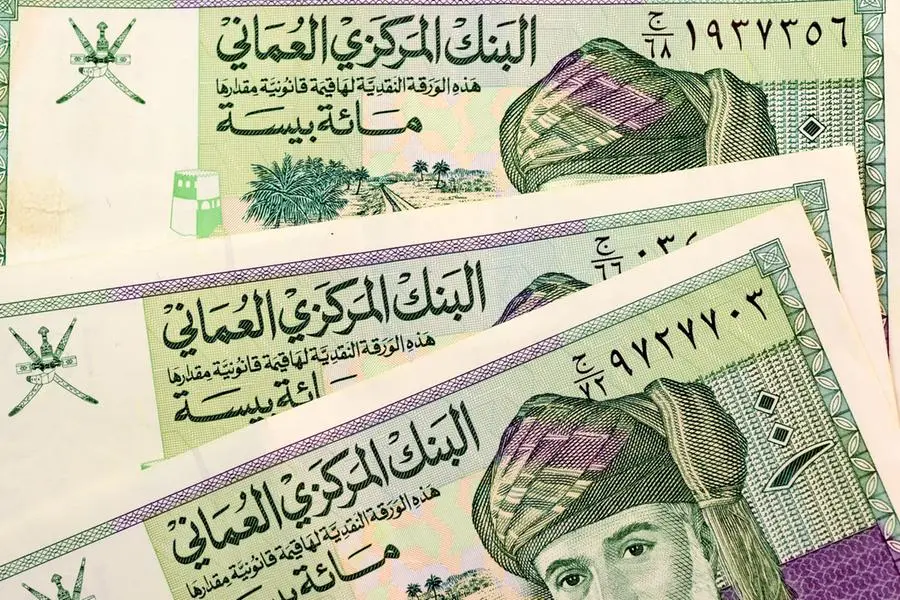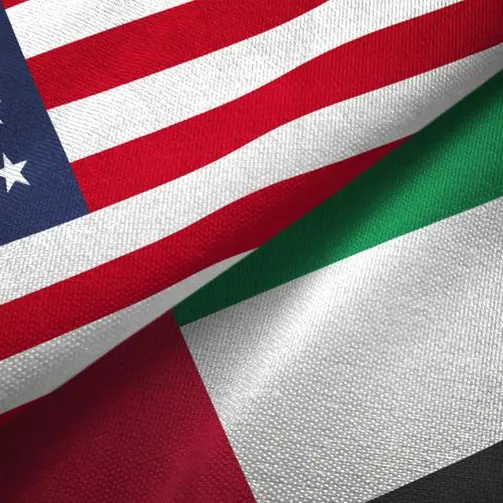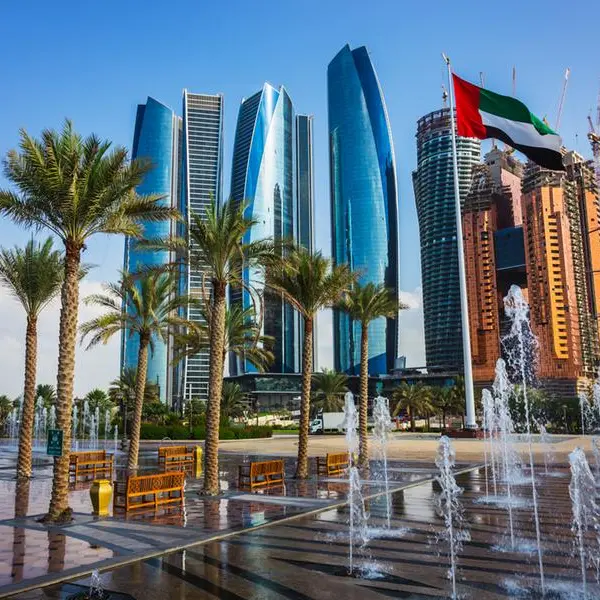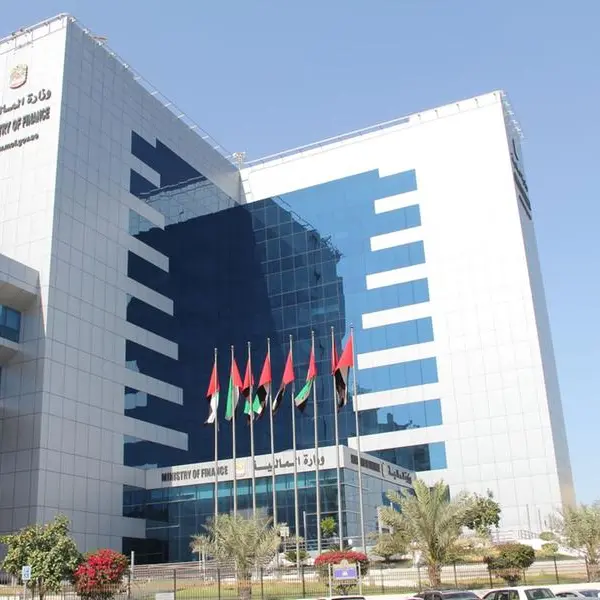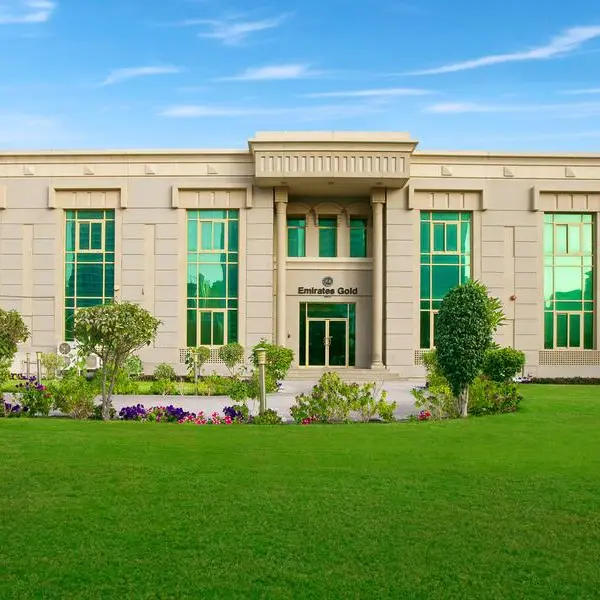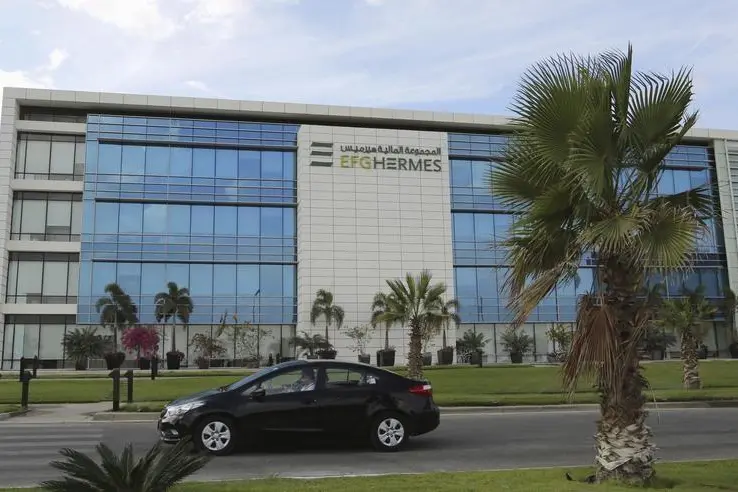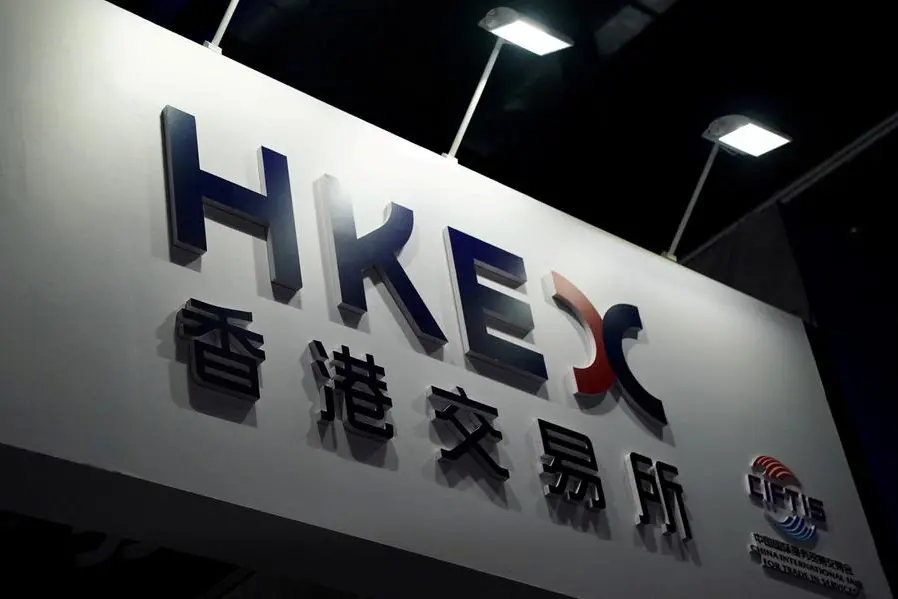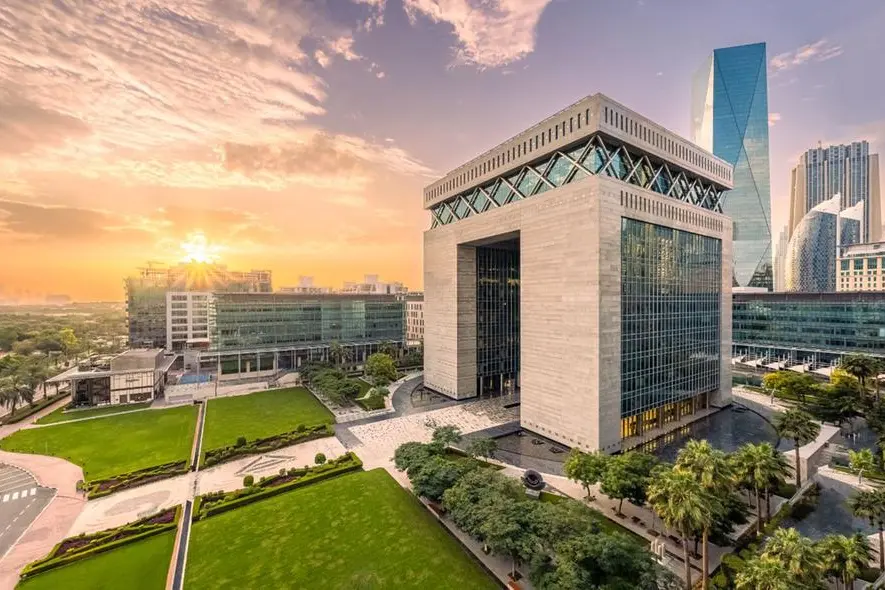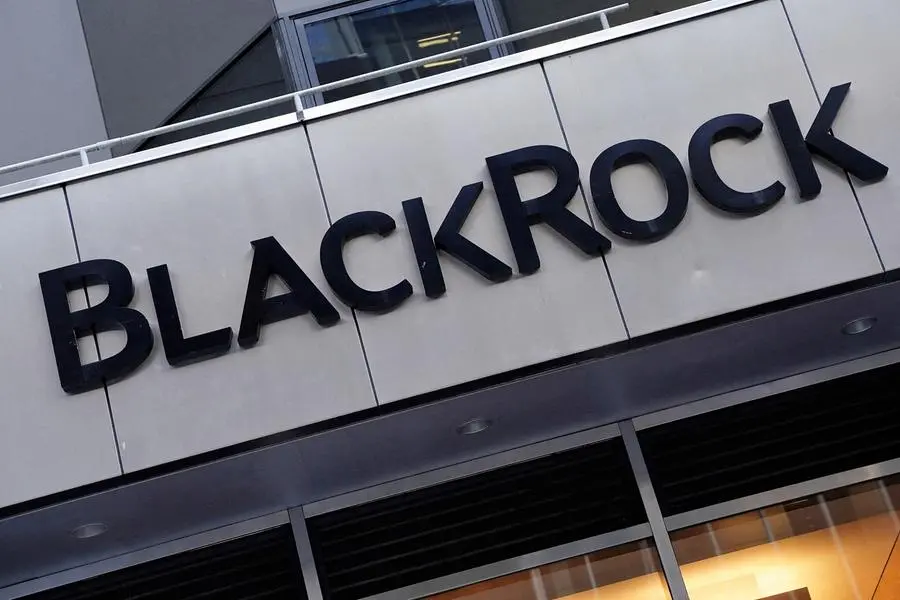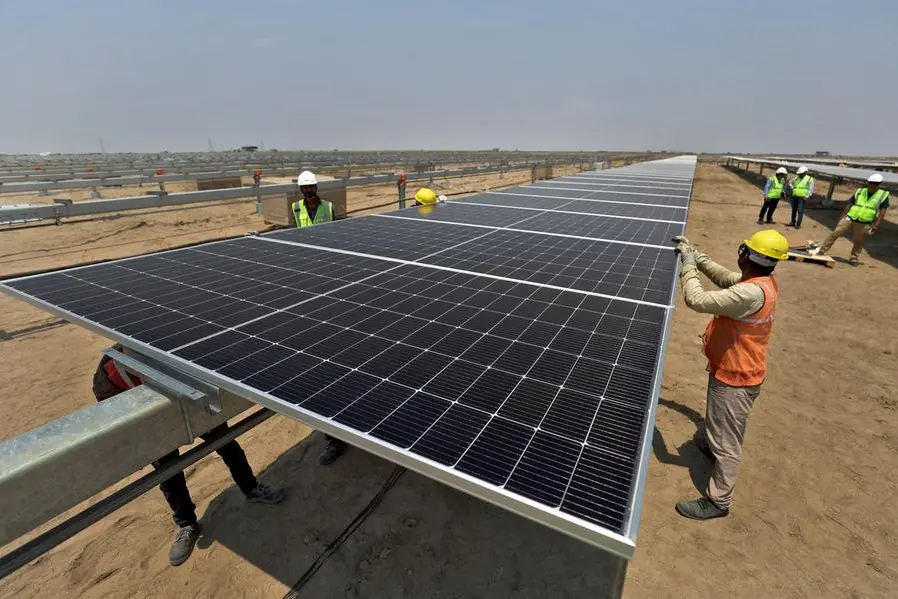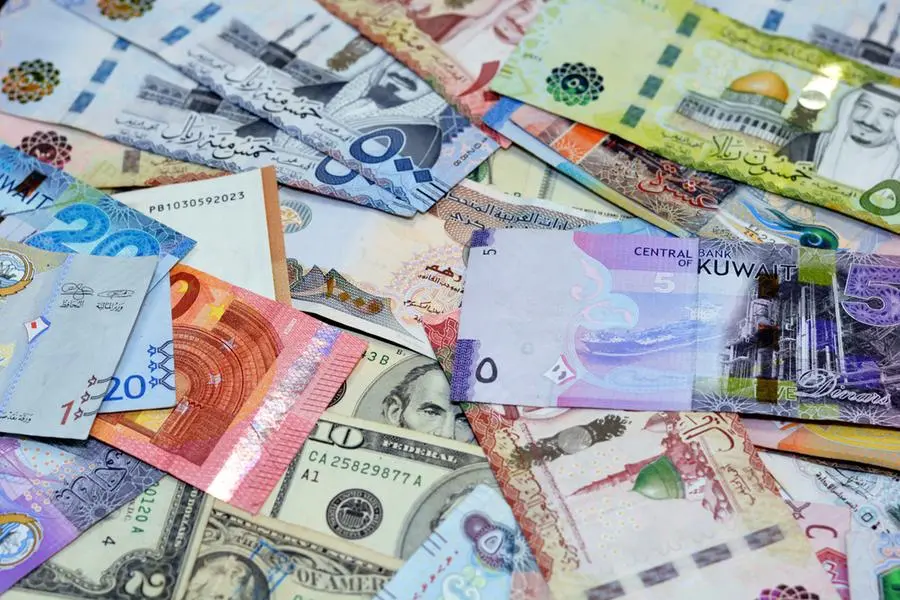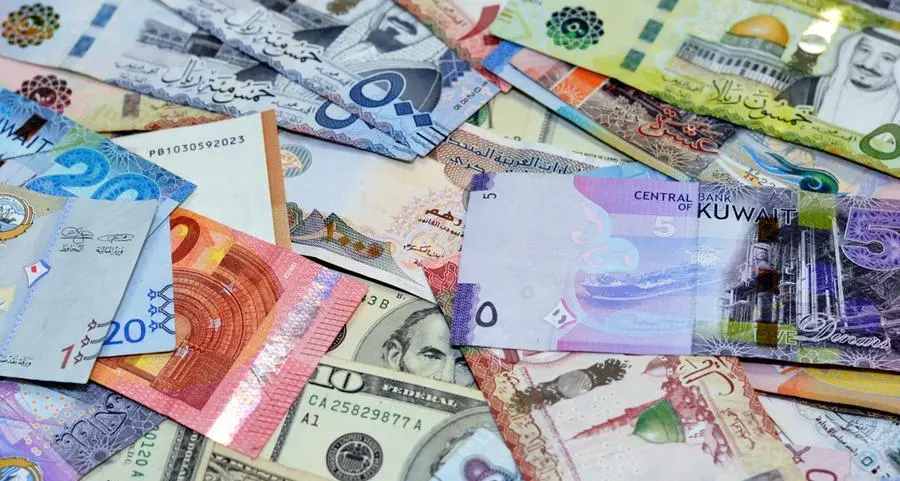PHOTO
Muscat – Oman’s debt capital market (DCM) contracted by 7% year-on-year, to $44bn outstanding, in 2023 as the government prepaid more of its debt using the budget surplus from higher oil prices, Fitch Ratings said.
In contrast, the share of sukuk in the outstanding debt capital market mix grew to 21.1% in 2023 from 18% in 2022, Fitch noted in a report.
According to Fitch’s estimates, sukuk issuance in Oman surged by 231% year-on-year in 2023, to $1.2bn, while bond issuance fell by 56% year-on-year to $4.8bn. Fitch rated around $7.5bn of outstanding Omani sukuk – all at ‘BB+’ in the first quarter of 2024, issued by the sovereign (67%) and by corporates (33%).
In September 2023, Fitch upgraded Oman’s sovereign rating to ‘BB+’ with a stable outlook.
‘We do not expect a significant short-term surge in the DCM size, mainly due to the indication in Oman’s budget, published in January 2024, that the authorities will continue to pay down government debt. This will strengthen the sovereign’s resilience to potential shocks, but the increased social spending will slow the pace of debt reduction in 2024, relative to 2023,’ Fitch said.
‘However, over the medium-to-long term, we expect the DCM market to grow, supported by government initiatives and issuance mainly from both the sovereign and government-related entities,’ the rating agency added.
FSA’s Bond and Sukuk Regulation
Fitch said that the Omani DCM market is in an early stage of development and is the second-smallest amongst GCC countries. However, the government has taken initiatives to develop the market, including the Financial Services Authority’s (FSA) newly published Sukuk and Bond Regulation, an essential step in the DCM development, which also adds regulatory clarity. The Ministry of Finance also launched its Sustainable Finance Framework in January, under which it intends to issue green, social, and sustainable sukuk, bonds, or loans.
The new regulations, according to Fitch, are expected to help build confidence among both shariah-sensitive and ESG-sensitive investors.
Fitch said that the FSA regulation caters for sukuk with a chapter on sharia oversight, which requires the issuer to submit a report every year proving the compatibility of the sukuk with the provisions of Islamic shariah, starting from the sukuk issuance date.
‘The new regulation also has disclosure requirements for green and sustainable bonds and sukuk, with the requirement to appoint an independent external auditor to assess ESG compliance. Under the regulation, debt issuers are required to submit a credit rating certificate,’ the rating agency said.
$28bn Islamic finance industry
The Islamic finance industry in Oman crossed $28bn as of end-2023, Fitch estimates, split between Islamic banking assets (66%), outstanding sukuk (32%), and takaful contributions (2%).
The Islamic banking market share reached 17.4% of total banking sector assets, 20% of sector financing, and 19% of sector deposits at end-2023.
Islamic banks’ financing in Oman grew by 11.8% year-on-year, exceeding conventional banks’ 2.5% growth. However, deposits for both Islamic and conventional banks grew at the same level, of about 12.5% year-on-year.
‘Islamic banks, however, have smaller capital bases than their conventional peers, hindering their ability to participate in large government financing projects,’ Fitch noted.
The rating agency said its sector outlook for Omani banks is neutral for 2024. It expects Oman’s real GDP to grow by 2% in 2024, which will support revenue and business generation for banks.
Fitch expects sector loan growth of about 6% in 2024, driven by higher credit demand from corporates, in line with higher government spending on infrastructure projects as part of Vision 2040.
© Apex Press and Publishing Provided by SyndiGate Media Inc. (Syndigate.info).
